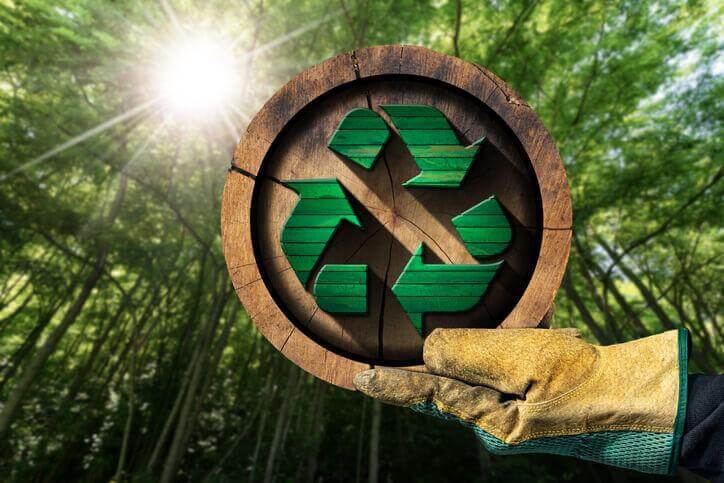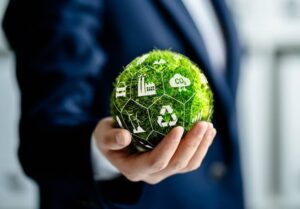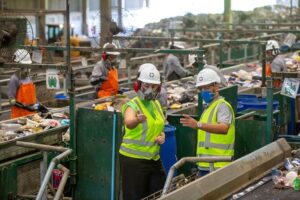
The growing concern of society with environmental and governance issues has led large companies to strengthen their strategies in ESG and Circular Economy to drive sustainable businesses. While ESG sets goals for positive impact, the Circular Economy provides the necessary tools to achieve them.
These concepts, though distinct, complement each other and are fundamental for the economy of the future, focusing not only on profitability but also on waste reduction, resource reuse, and the positive environmental and social impact that companies must generate.
As these topics align with modern development concepts, the interest in them is growing. A quick search on Google Trends, a site that shows internet search trends, reveals that since 2020, searches for the term ESG have grown exponentially, indicating not just a passing curiosity but a new market interest.
But how can we achieve a goal if we don’t know how to reach it? This is where ESG and the circular economy can work together to drive sustainable businesses.
ESG and the Circular Economy: Where do they meet?
What is ESG?
It is a concept developed to guide the capital markets and financial sector, establishing ideal sustainability initiatives for a company to attract and provide transparent information to investors looking to promote a green and socially responsible economy.
The parameters of ESG are already outlined in its acronym:
- E for Environmental, concerning the environment;
- S for Social;
- G for Governance, corporate governance.
Learn what ESG is and how to put it into practice
What is the Circular Economy?
In the linear system, currently more common, we create a product that will be “thrown away,” causing various environmental damages.
Thus, it is necessary to develop a new practice through the Circular Economy, where products are designed sustainably to be used and reused throughout the production chain.
The main pillars of the circular economy focus on prevention and regeneration, addressing biodiversity loss, pollution, and waste.
Understand what the circular economy is, including concepts and practical examples
Where ESG and the Circular Economy Intersect
At the beginning of this text, we mentioned that ESG could be seen as the goals and the circular economy as the tool. Now, let’s understand where these two concepts intersect by using an example in the disposable products sector:
Imagine a plastic disposables company that wants to implement ESG, aligning itself with the current economic model. In summary, it would need to:
- Define environmental strategies by working with eco-friendly inputs, promoting proper waste treatment, and enabling reverse logistics;
- Also address the social impact it has on people through its production;
- Finally, all its actions must undergo audits, documentation, transparency, and other aspects of governance.
To achieve these ESG goals, the circular economy can serve as a strategic tool, particularly regarding environmental aspects, offering a broad view of the business’s impact.
In the case of packaging, applying circularity might look like this:
- Design – Choose products made from agricultural waste, repurposing materials that would otherwise be discarded;
- Production – Maximize input usage. Ensure all production waste is treated properly and reused in some way;
- Distribution – Opt for eco-friendly transportation, such as solar-powered vehicles;
- Consumption – Promote products with extended lifespans;
- Collection – Educate consumers on the need for composting and facilitate reverse logistics with partners;
- Destination – Send waste to treatment centers that utilize it fully. For instance, capturing gases emitted during decomposition for other uses.
Thus, the connection between ESG and the circular economy lies in the systemic view of a product and the solutions needed to manage it.
This intersection fosters a green, prosperous, and creative economy that respects nature’s limits, protects communities, and develops ecological alternatives for the market.
Examples of ESG strategy development and the principles of the circular economy work together to support and underpin sustainable businesses.
See the example of Orizon in the Sustainability Report
Follow the Orizon blog to learn about the different solutions we apply by integrating waste management, circular economy, and ESG.



